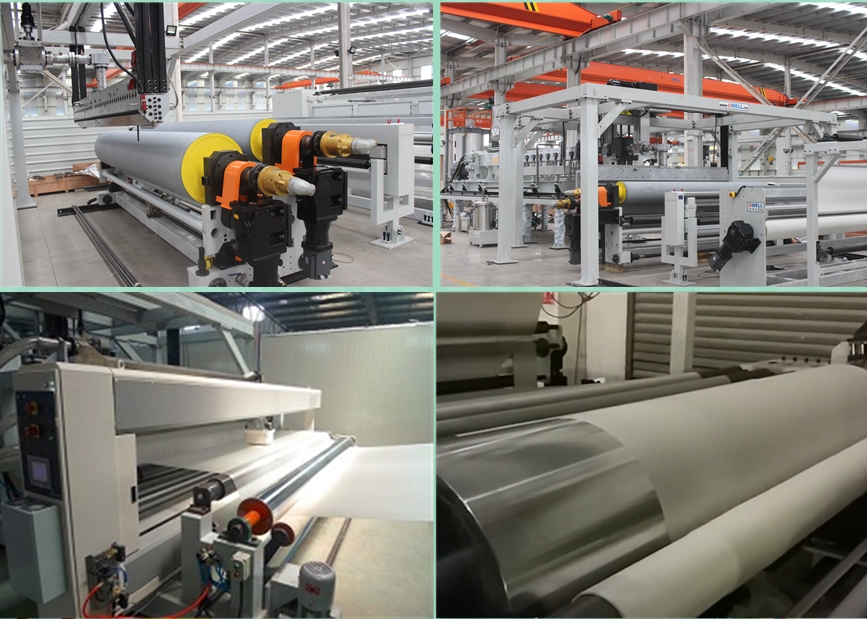Product Categories
At present, the packaging forms of photovoltaic modules mainly include glass EVA backboard packaging and glass PVB glass packaging. I will explain the characteristics of EVA and POE packaging films separately.
The photovoltaic industry is a rapidly developing emerging industry that converts solar energy into electricity. Among them, crystalline silicon solar cell modules are mainly used for large-scale grid connected power generation, off grid power stations, BIPV photovoltaic building integration, etc. Their packaging films mainly include EVA and PVB.
Advantages of PVB packaging film:
PVB film is mainly used for BIPV components, with a structure of tempered glass (ultra white) - PVB battery cells - PVB tempered glass (ordinary)
Comparison between PVB packaging film and EVA packaging film:
EVA belongs to thermosetting resins and undergoes cross-linking reactions; PVB belongs to thermoplastic resin, which has repeatability and no cross-linking reaction;
The domestic regulations for glass curtain walls clearly state the use of PVB, and the use of PVB instead of EVA in BIPV photovoltaic modules can achieve a longer service life.
PVB has strong adhesive properties and higher safety than EVA film;
There are many formulas for EVA, and the packaging process is difficult to control; The formula of PVB film is simple, the quality control is stable, and the shelf life is long;
The flowability of PVB film is poor, which can prevent the film from overflowing during the processing.
Introduction to PVB Photovoltaic Packaging Adhesive Film Production Line
model | Single screw GWS130 | Twin screw GWP85/GWP52 | Twin screw GWP95/GWP65 |
Using raw materials | PVB | ||
Product structure | A | AB, ABA | AB, ABA |
Product width | 1100mm -1400mm | 1400mm-2600mm | 2400mm -2800mm |
Product thickness | 0.2mm -0.8mm | ||
Extrusion yield | 350KG/H -450KG/H | 500KG/H -600KG/H | 650KG/H -750KG/H |


